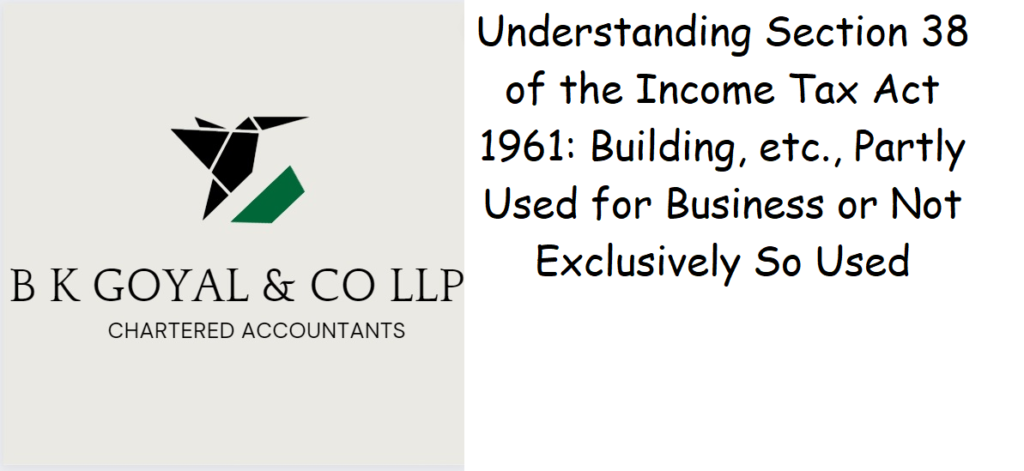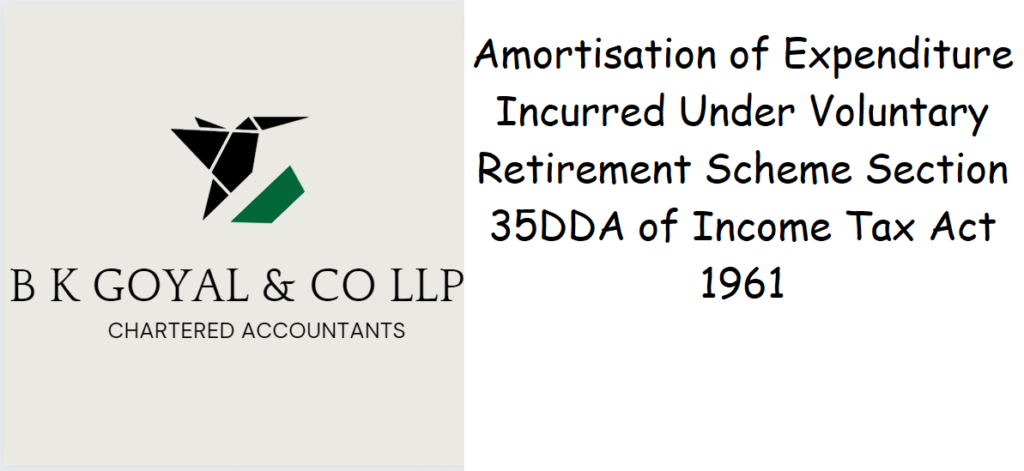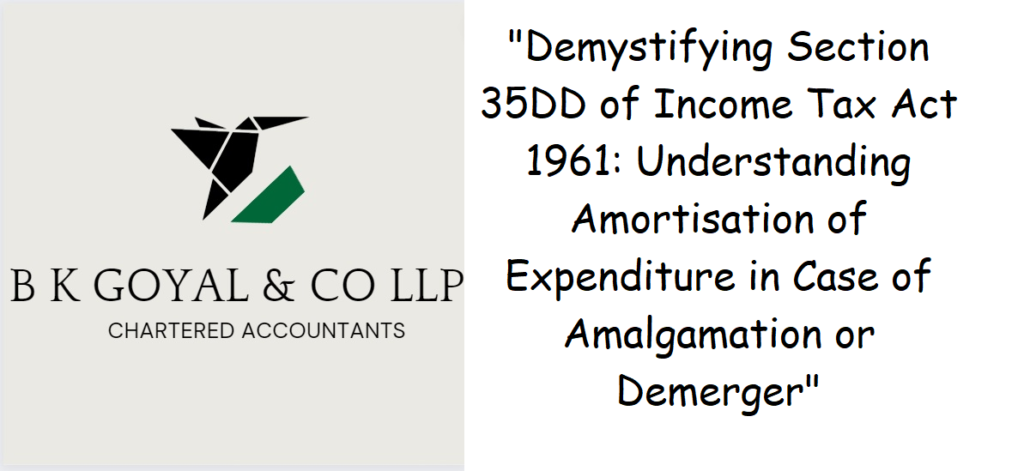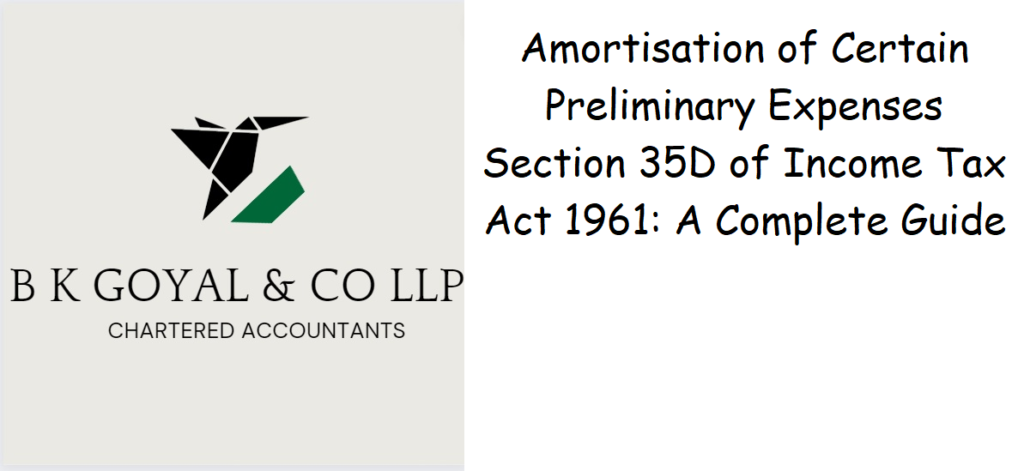Managing Agency Commission Section 39 of Income Tax Act 1961: What You Need to Know
Introduction Are you looking to understand about Managing Agency Commission Section 39 of Income Tax Act 1961: What You Need to Know ? This detailed article will tell you all about Managing Agency Commission Section 39 of Income Tax Act 1961: What You Need to Know. Hi, my name is Shruti Goyal, I have been working in the field of Income Tax since 2011. I have a vast experience of filing income tax returns, accounting, tax advisory, tax consultancy, income tax provisions and tax planning. Managing agency commission is a common practice in the insurance industry where agents earn commission for procuring business and servicing policies on behalf of the insurance company. However, the Income Tax Act 1961 has a specific provision under Section 39 that governs the taxation of managing agency commission. In this blog, we’ll dive into the nitty-gritty of managing agency commission under Section 39 of the Income Tax Act 1961. What is Managing Agency Commission? Managing agency commission refers to the commission paid by an insurance company to its agents for procuring business and servicing policies on behalf of the company. The commission is paid based on a percentage of the premium amount collected on the policies sold. This commission is an essential source of income for agents who rely on it to make a living. Tax Implications of Managing Agency Commission Under Section 39 of the Income Tax Act 1961, managing agency commission is subject to tax. The commission earned by the agent is considered as income and is taxable under the head ‘Profits and Gains from Business or Profession’. The commission income is added to the total income of the agent, and tax is calculated based on the applicable tax rate. How to Calculate Tax on Managing Agency Commission? Calculating tax on managing agency commission involves the following steps: Determine the commission income earned during the financial year. Add the commission income to the total income of the agent. Calculate the tax on the total income based on the applicable tax rate. Deduct TDS (Tax Deducted at Source) on the commission income, if any. Pay the balance tax (if any) before the due date. Is TDS Applicable on Managing Agency Commission? Yes, TDS is applicable on managing agency commission under Section 194H of the Income Tax Act 1961. According to this section, if the commission paid to the agent during the financial year exceeds Rs. 15,000, the insurance company is required to deduct TDS at the rate of 5%. The TDS deducted is credited to the agent’s PAN, and the agent can claim credit for the same while filing his/her tax return. Can Agents Claim Expenses Against Managing Agency Commission? Yes, agents can claim expenses against managing agency commission. Any expenses incurred in earning the commission, such as office rent, communication expenses, traveling expenses, etc., can be claimed as a deduction from the commission income. However, it is essential to maintain proper records and bills to support the claim. What is the Tax Treatment of Receiving Bonus on Managing Agency Commission? If an agent receives a bonus on managing agency commission, it is treated as part of the commission income and is taxable as per the applicable tax rate. The bonus is added to the commission income and taxed accordingly. Conclusion Managing agency commission is a significant source of income for agents in the insurance industry. However, it is essential to understand the tax implications of this income under Section 39 of the Income Tax Act 1961. By following the steps mentioned in this blog, agents can calculate their tax liability on managing agency commission and ensure compliance with the tax laws. It is also crucial for agents to maintain proper records and bills to support their claims and avoid any tax disputes with the income tax department. Section 39, of Income Tax Act, 1961 Section 39, of Income Tax Act, 1961 states that [Omitted by the Direct Tax Laws (Amendment) Act, 1987, w.e.f. 1-4-1989.]
Managing Agency Commission Section 39 of Income Tax Act 1961: What You Need to Know Read More »







